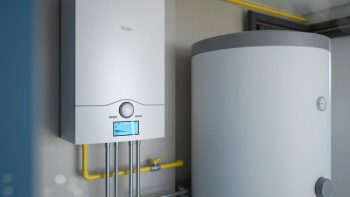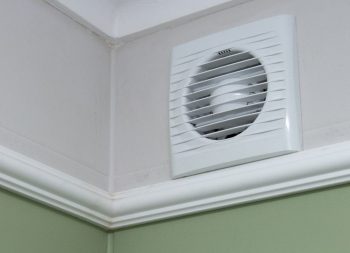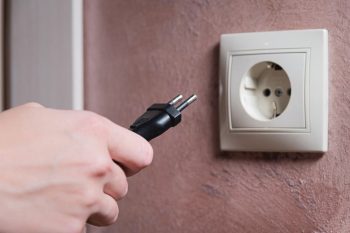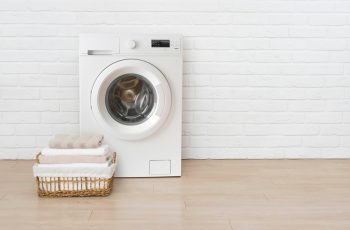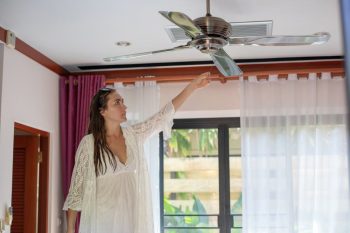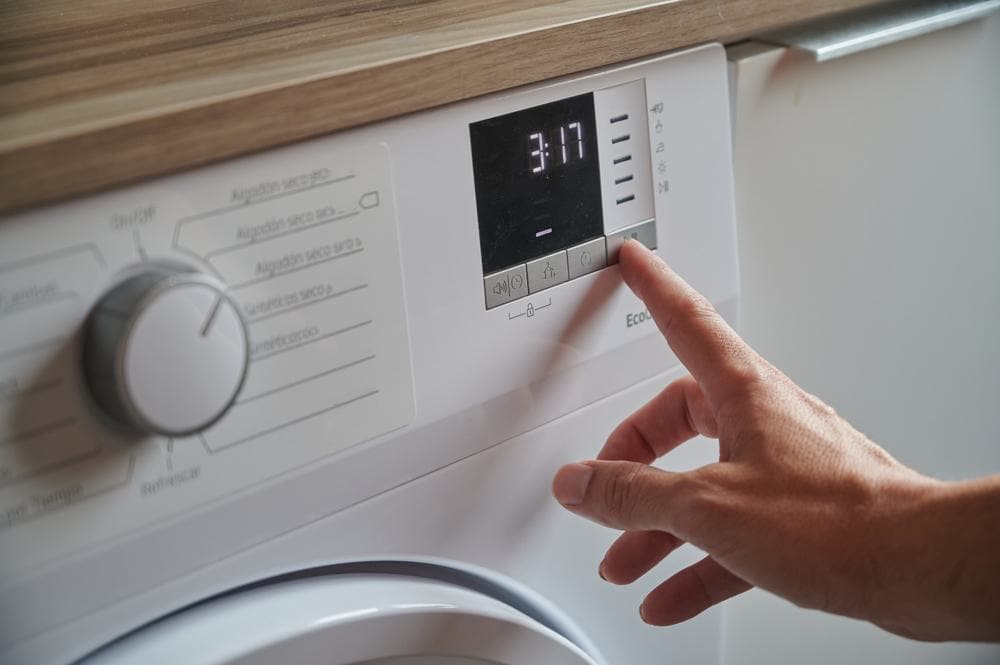
Purchasing a used washing machine can be a great way to save money, but it’s crucial to ensure that the appliance is in good working order before making the investment. This comprehensive guide will walk you through the process of testing a used washing machine, covering everything from preliminary checks to assessing the machine’s efficiency and potential future problems.
To test a used washing machine, start by checking the exterior for any damage and ensuring the drum spins smoothly. Run the machine through a series of tests to check key components like the drum, motor, and pump. Assess the efficiency of the wash and rinse cycles by using artificially soiled cloth and checking for detergent residue. Look out for signs of potential future issues such as excessive noise, leaking, or the washer not starting. Consider seeking professional assistance if necessary.
Preliminary Checks
Start by examining the exterior of the machine for any dents, scratches, or signs of damage. Turn the drum manually to ensure it spins smoothly without any strange noises. Check the lid safety switch – it should click when you close the lid, a crucial safety feature that prevents the machine from operating when the lid is open.
Testing Key Components
To test the functionality of key components like the drum, motor, and pump, you’ll need to run the machine through a series of tests. For the drum, try applying a load and monitor its performance under different speeds and conditions. For the motor, measure current levels, power, voltage, and resistance. You can also evaluate static parameters like insulation, wire damage, and electrical current leakage. As for the pump, perform visual inspection, mechanical run test, NPSH (Net Positive Suction Head) test, performance/flow rate test, and pressure test.
Assessing Wash and Rinse Cycles
To assess the efficiency of the machine’s wash and rinse cycles, use artificially soiled test cloth or soil tracers to evaluate the cleaning performance. For the rinsing efficiency, check for detergent residue on the clothes after the wash. If there’s too much residue, it might indicate that the rinsing cycle is not efficient enough.
Checking for Potential Future Problems
Keep an eye out for signs of potential future issues. These can include excessive noise, the drum not filling up with water, the drum not spinning or agitating, water not draining from the drum, leaking, the washer not starting, bouncing or excessive vibration, clothes not getting cleaned, and unpleasant odors.
Professional Assistance
While it’s not always necessary to seek professional assistance when purchasing a used washing machine, it can be beneficial if you’re unsure about evaluating a used machine on your own. A professional can help inspect the appliance and provide advice on whether it’s a good purchase.
Remember, the key to a successful purchase of a used washing machine is thorough testing and inspection. By following these steps, you can ensure you’re making a wise investment and avoid any potential issues down the line. Happy washing!
Frequently Asked Questions
What tools do I need to perform these tests on a used washing machine?
Basic tools you may need include a multimeter for testing electrical components, a flashlight for visual inspections, and some artificially soiled test cloth for assessing cleaning performance. Always remember to disconnect the machine from the power source before inspecting or testing any components.
How can I tell if the motor is functioning properly?
A functioning motor should run smoothly without producing excessive noise or heat. Using a multimeter, you can measure factors like current levels, power, voltage, and resistance to ensure they are within the manufacturer’s specifications. If the motor struggles to turn the drum or doesn’t turn it at all, it may be faulty.
What should I do if I find detergent residue on my clothes after a wash?
If you find detergent residue on your clothes, it could indicate that the rinse cycle isn’t functioning properly. Try running a wash with no clothes in it to see if the problem persists. If it does, the machine may need servicing.
How can I test the lid safety switch?
The lid safety switch should click when you close the lid, indicating it’s working correctly. If the switch doesn’t click, or if the machine operates with the lid open, the switch may need to be replaced.
What should I do if the washing machine is leaking?
If the machine is leaking, check the hoses, seals, and gaskets for any signs of wear or damage. If these components appear to be in good condition, the leak may be due to a more serious issue, like a faulty pump or tub, and professional repair may be necessary.



